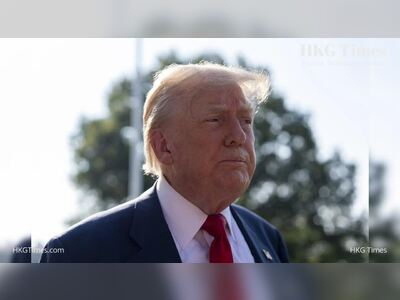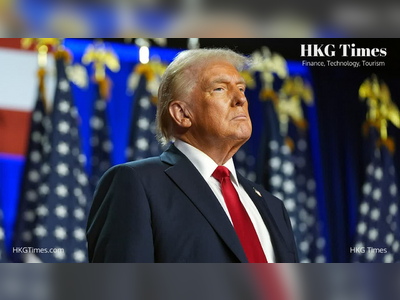Trump Steamrolls EU in Landmark Trade Win: US–EU Trade Deal Imposes 15% Tariff on European Imports
In a dramatic twist that left Brussels scrambling, President Donald Trump has secured what supporters are calling one of the boldest trade victories in recent memory: a new agreement slapping a fifteen percent tariff on all goods entering the U.S. from the European Union.
For decades, American industries have argued they were being undercut by unfair EU trade advantages. That era, it seems, is now over.
Trump didn’t just renegotiate. He reversed decades of lopsided trade policy, steamrolling the European bloc with a take-it-or-leave-it approach that ended in a rare public concession from European Commission President Ursula von der Leyen.
Von der Leyen attempted to downplay the severity of the outcome — but her tone betrayed what many interpreted as quiet resignation. “We should not forget where we would have been on the first of August,” she said. “We would have been at thirty percent and it would have been much more difficult… fifteen percent is… ummm… certainly a challenge for some, but we should not forget it keeps us the access to the American market.”
Her pause, her stammer — they spoke louder than the words.
Trump’s team framed the result as The Art of the Deal in full effect. The agreement was billed as a clean, across-the-board reset: no loopholes, no sector-specific exceptions. All EU exports to the U.S. face the same fifteen percent tariff.
The move is being hailed by supporters as a long-overdue correction to transatlantic trade terms that, in their view, allowed European bureaucrats to exploit American workers, farmers, and manufacturers while preaching fairness from across the Atlantic.
Critics within the EU fear this is just the beginning of a wider rebalancing of power. For now, one thing is clear: Trump forced the EU to blink. And the message couldn’t be louder — the globalist era of endless concessions is over.










